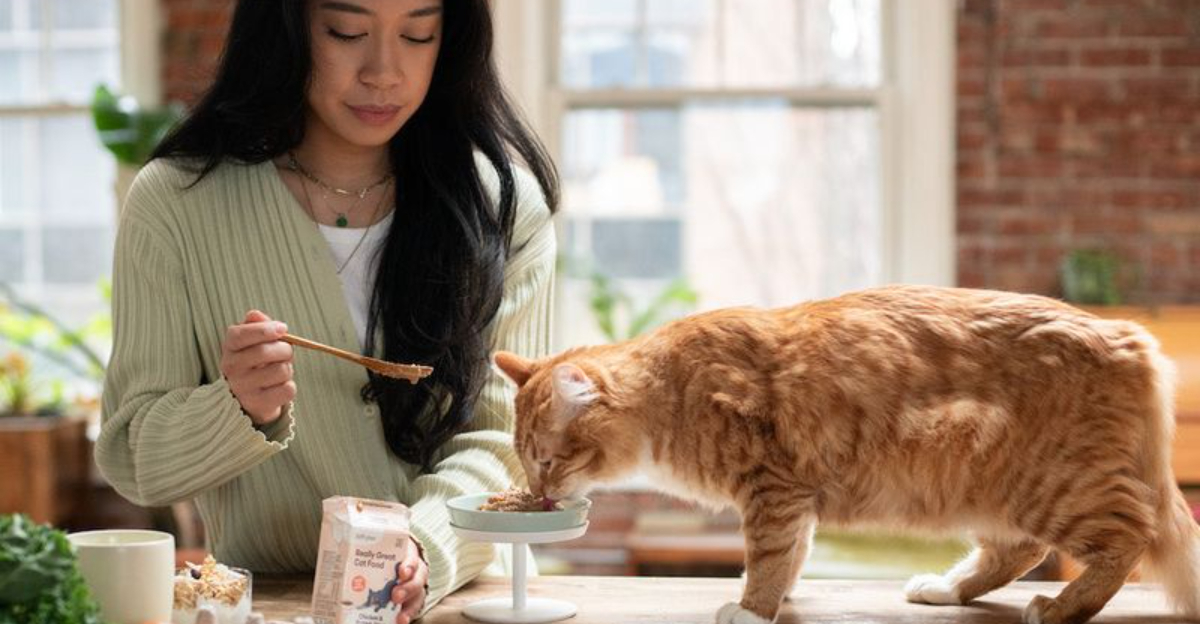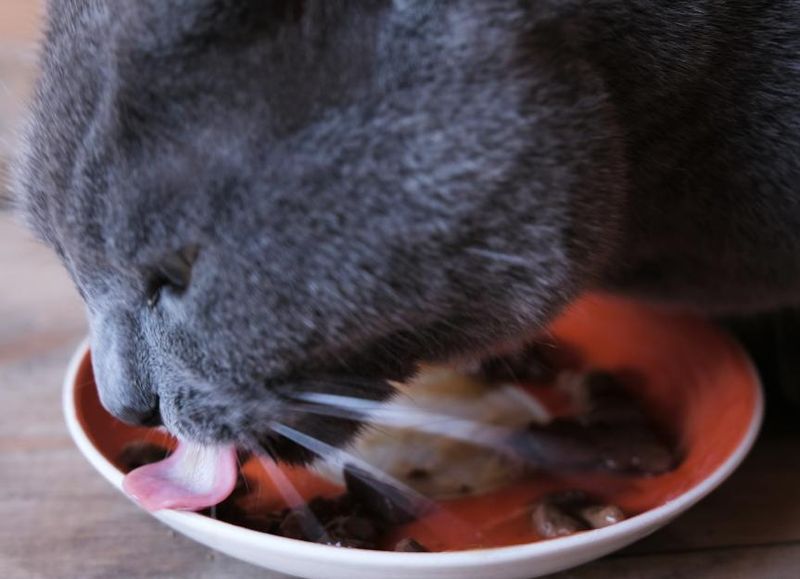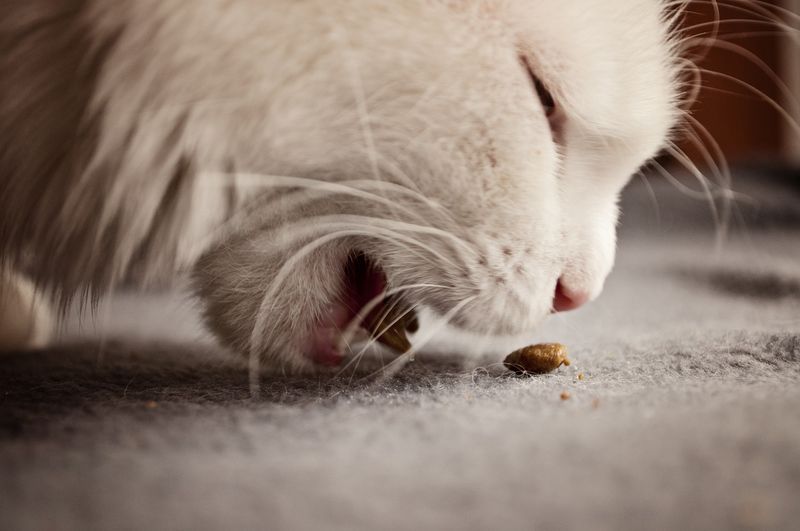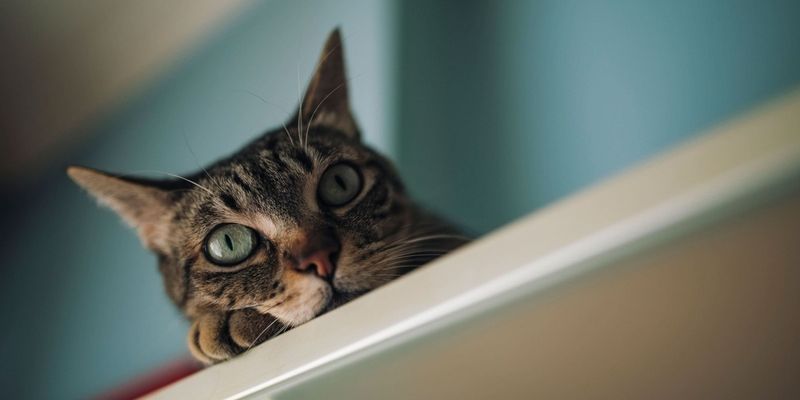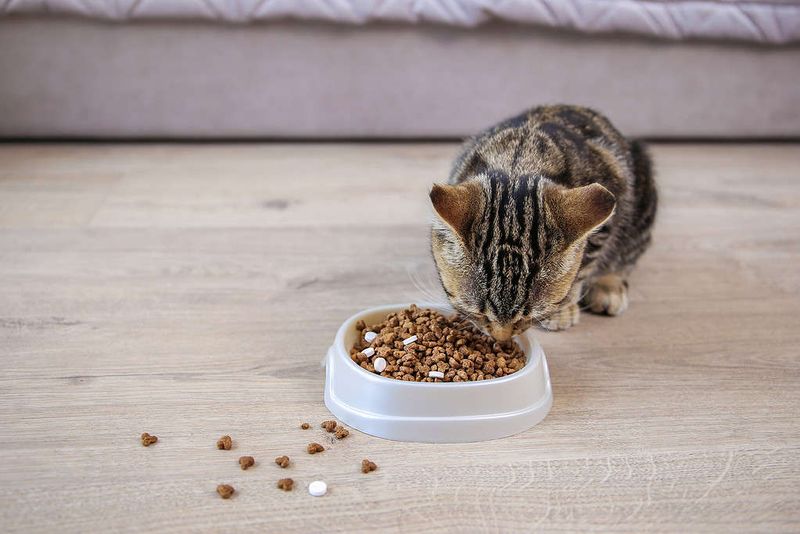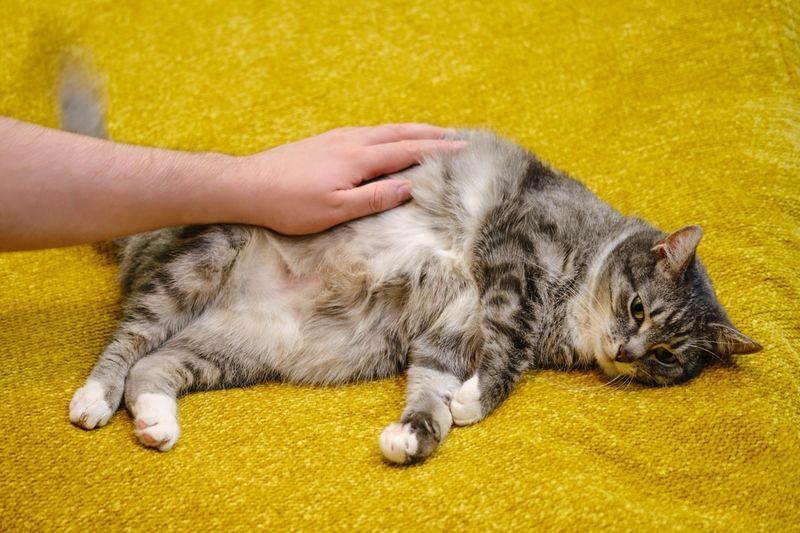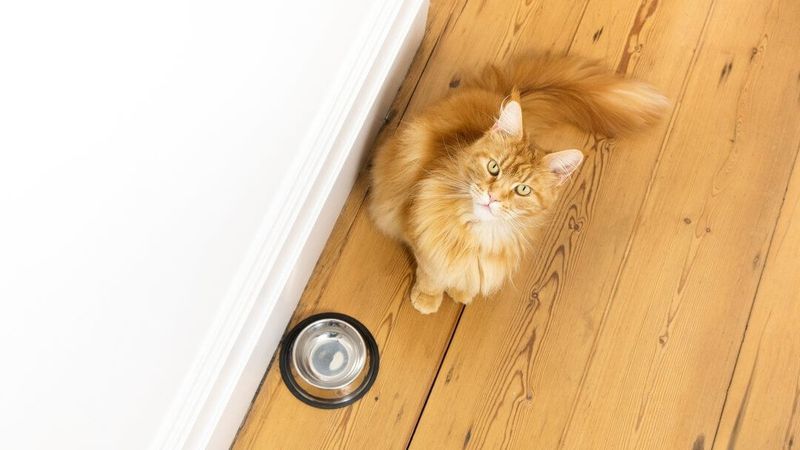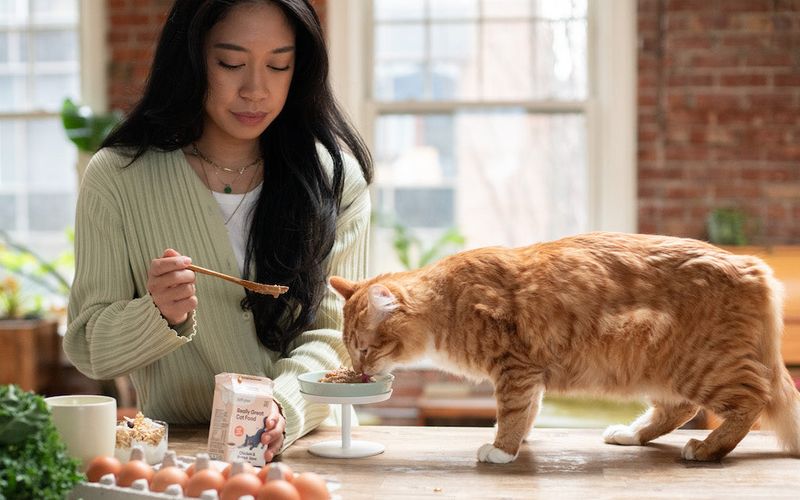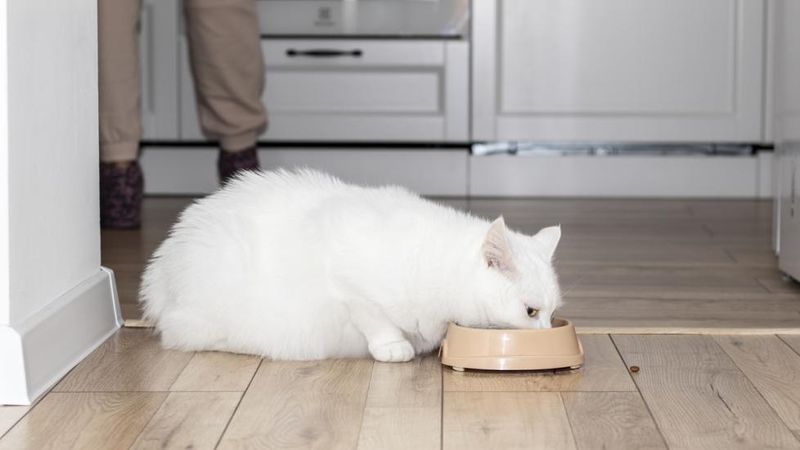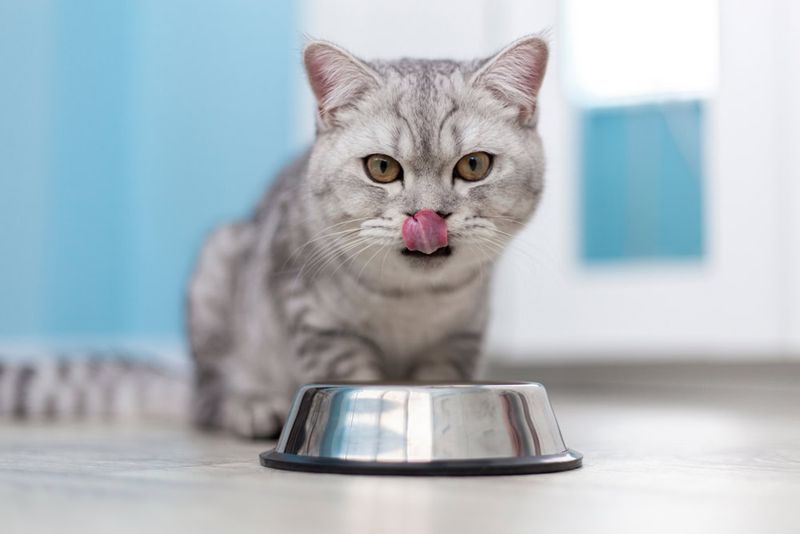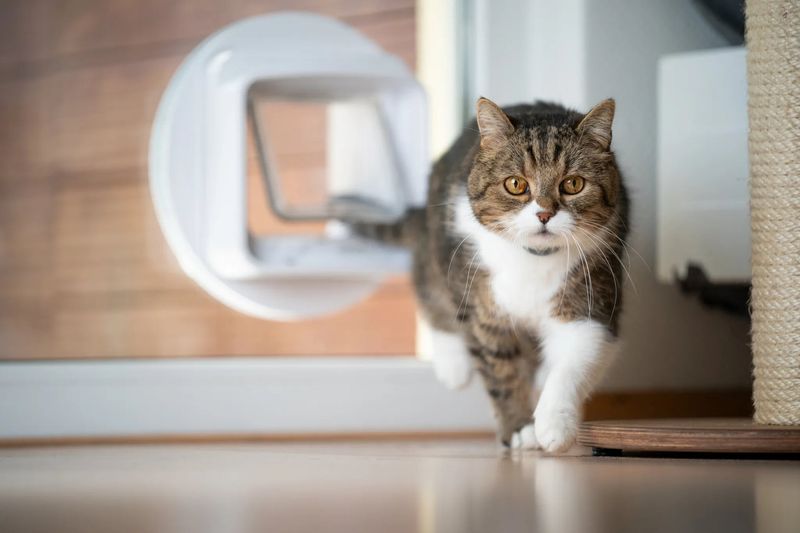📖 Table of Content:
- 1. Stabilizes Blood Sugar Levels
- 2. Reduces Risk of Vomiting
- 3. Supports Natural Hunting Behavior
- 4. Improves Nutrient Absorption
- 5. Reduces Bloating and Gas
- 6. Maintains Healthy Gut Microbiome
- 7. Helps Manage Hairballs
- 8. Prevents Overeating and Obesity
- 9. Reduces Risk of Acid Reflux
- 10. Supports Cats with Digestive Disorders
Feeding your cat might seem like a simple, routine task, but how often you serve their meals can have a profound impact on their overall health—especially when it comes to digestion. While traditional wisdom often supports twice-daily feeding schedules, recent insights suggest that more frequent feeding may better align with a cat’s natural biological rhythms. As obligate carnivores with ancestral roots in hunting small prey multiple times a day, cats are uniquely adapted to benefit from smaller, more frequent meals.
Digestive health is at the heart of your cat’s well-being. It influences nutrient absorption, immune response, behavior, and even mood. Yet, many cat owners may be unaware that meal frequency can be just as important as the type of food offered. Digestive issues like vomiting, bloating, or irregular bowel movements can sometimes be alleviated simply by adjusting how often your cat eats.
With the rising interest in feline gut health and preventative care, understanding how feeding patterns contribute to or mitigate digestive issues is more important than ever. Whether you’re dealing with a sensitive stomach or just want to optimize your cat’s long-term wellness, rethinking feeding frequency may offer significant benefits. Here are ten surprising ways frequent feeding can dramatically improve your cat’s digestive health.
1. Stabilizes Blood Sugar Levels
Maintaining a steady blood sugar level is essential for your cat’s metabolic balance, and frequent feeding plays a crucial role in this. By spreading meals throughout the day, glucose is released into the bloodstream in smaller, more manageable amounts. This helps avoid dramatic spikes that can result from large, infrequent meals. Cats, particularly those prone to diabetes or obesity, benefit significantly from this regulation. Over time, this practice may improve insulin sensitivity and reduce the risk of metabolic syndrome. Consistent energy availability also supports normal activity levels and cognitive function. It’s a subtle but powerful way to support overall health from the inside out.
2. Reduces Risk of Vomiting
Unexpected vomiting in cats often stems from gorging or eating too quickly on an empty stomach. Feeding your cat smaller meals more frequently minimizes the chances of rapid ingestion and its associated problems. The stomach remains moderately filled throughout the day, which helps maintain digestive consistency. This can be particularly helpful for cats with sensitive stomachs or a history of gastrointestinal upset. The regularity of meals also prevents the build-up of gastric acid, another common trigger for vomiting. Observing your cat experience fewer episodes can offer peace of mind and promote a healthier digestive rhythm. Prevention through pacing proves more effective than treating symptoms afterward.
3. Supports Natural Hunting Behavior
Instinct plays a significant role in how cats prefer to eat, with wild ancestors hunting small prey multiple times a day. Mimicking this pattern through frequent feeding can satisfy your cat’s predatory drive and ease digestion simultaneously. It turns mealtime into a more enriching, stimulating experience, reducing stress and anxiety. Natural grazing behavior supports digestive processes by allowing the stomach and intestines to work at a more consistent pace. This biological harmony between behavior and digestion leads to fewer gastrointestinal issues. It also keeps your cat more mentally engaged and physically active. Aligning feeding habits with evolutionary design makes a noticeable difference in overall wellness.
4. Improves Nutrient Absorption
Enhanced nutrient uptake is one of the often-overlooked benefits of frequent meals. When the digestive system processes smaller amounts of food, it can break down and absorb nutrients more efficiently. This is particularly important for essential amino acids like taurine and arginine, which cats cannot produce on their own. As a result, the body gets what it needs without overtaxing the digestive tract. A slower, steadier intake also improves the utilization of vitamins and minerals found in high-quality cat food. This ensures your cat’s body is operating at peak nutritional levels, supporting everything from muscle development to immune defense. Greater absorption translates to greater vitality.
5. Reduces Bloating and Gas
Gas and bloating are not just uncomfortable for humans—they can be distressing for cats, too. Eating large meals infrequently can lead to fermentation in the gut, which produces gas and bloating. Frequent feeding helps prevent this by keeping the digestive tract gently and consistently engaged. It allows the body to process food at a manageable rate, reducing the likelihood of intestinal distress. Over time, this can help regulate stool quality and reduce odor as well. Cats with sensitive digestion or inflammatory conditions may particularly benefit from this approach. Easing digestive pressure can make a noticeable difference in their daily comfort.
6. Maintains Healthy Gut Microbiome
Behind the scenes of your cat’s digestion is a bustling community of beneficial bacteria. Frequent meals support the consistency that these microorganisms thrive on, helping maintain a balanced and diverse gut microbiome. Irregular feeding can disrupt this balance and open the door to overgrowth of harmful bacteria. A healthy gut flora contributes to better digestion, stronger immunity, and even reduced inflammation. In many cases, frequent feeding complements probiotic supplements and high-fiber diets aimed at gut health. The result is a more resilient digestive system that can better cope with stress or dietary changes. Keeping the microbiome stable is a foundation for lasting health.
7. Helps Manage Hairballs
Hairballs may be a normal feline occurrence, but frequent feeding can help reduce their impact. Smaller, timed meals keep the digestive tract in regular motion, allowing ingested hair to move more easily through the system. This reduces the chances of hair accumulating into problematic clumps in the stomach. Cats who groom often or shed heavily can especially benefit from this rhythm. A well-paced digestive system also supports hydration levels, further aiding in hair passage. Less vomiting from hairballs means a cleaner home and a more comfortable cat. Regular feeding proves to be a simple yet effective strategy in minimizing this common issue.
8. Prevents Overeating and Obesity
Portion control becomes easier when meals are spaced throughout the day, reducing the temptation for your cat to overeat. Frequent feeding provides a sense of satiety without overwhelming the digestive system. It curbs the feast-or-famine instinct that may lead some cats to gobble up large amounts at once. This method also encourages healthier metabolism by spreading caloric intake evenly. Over time, it supports ideal body weight and lowers the risk of digestive conditions tied to obesity, such as hepatic lipidosis. For multi-cat households, it can also help with managing food competition and behavioral eating. Structure and consistency go a long way in promoting balance.
9. Reduces Risk of Acid Reflux
Going long periods without food can cause a buildup of stomach acid, leading to reflux or bile vomiting. Offering meals at regular intervals helps neutralize this acid naturally, reducing the chance of discomfort. Cats prone to acid reflux benefit most from consistent feeding patterns that prevent their stomachs from being empty for too long. The presence of even small amounts of food acts as a buffer against irritation. It also prevents hunger-driven nausea or behavioral issues related to stomach distress. For senior cats or those with gastrointestinal disorders, this approach can make daily life far more comfortable. Stability in feeding timing equals stability in digestion.
10. Supports Cats with Digestive Disorders
Cats with chronic digestive issues like IBD, pancreatitis, or food sensitivities often struggle with traditional meal schedules. Frequent feeding offers a gentler alternative that puts less strain on their digestive organs. It can reduce inflammation by minimizing the digestive workload at each sitting. Smaller meals also make it easier to monitor symptoms and adjust dietary components accordingly. Many veterinarians recommend this method for cats requiring prescription diets or those recovering from gastrointestinal illness. It promotes healing and comfort while maximizing nutrient delivery. Tailoring feeding schedules to health needs showcases the healing potential of strategic nutrition.
